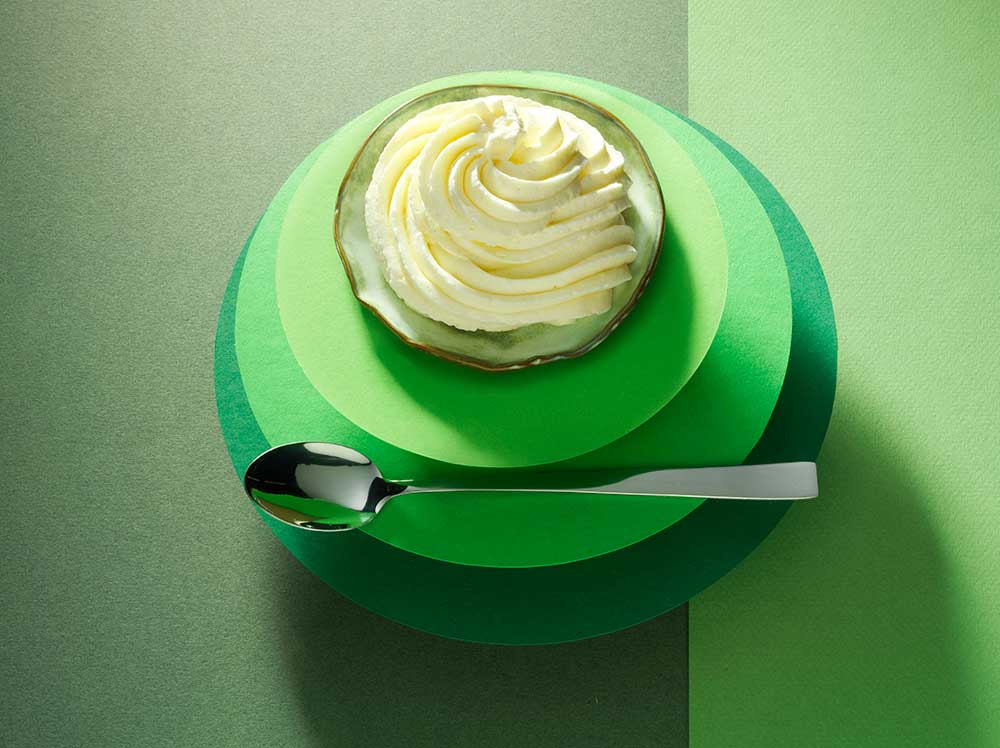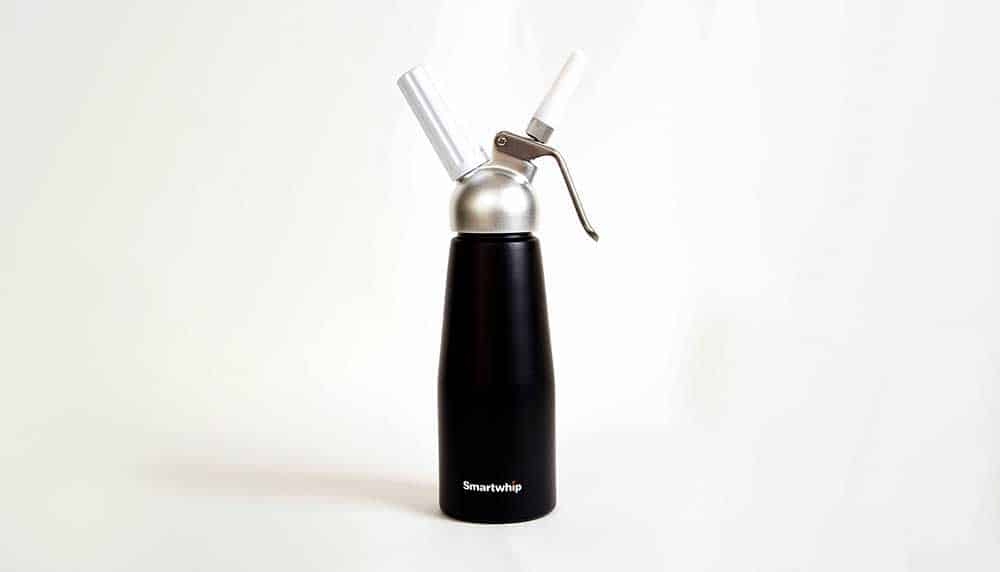Whipped cream: How to perfect it
Every gastronome knows that nothing beats freshly whipped cream. Fluffy, fresh and fragrant, it’s simple to make and a treat to eat. With only three ingredients – heavy cream, vanilla and icing sugar – you can whip up a cloud of cream to accompany any dessert or sweet beverage in just a few seconds. But whipped cream can take on different textures and consistencies, depending on how you prepare it: whisk it manually, and you get soft peaks with a smooth consistency; buy it in a can, and you generally get rugged peaks with a firm consistency; whip cream up using a nitrous oxide-based cream charger, and you can obtain a voluminous foam with smooth peaks and a stable structure.

As experts of nitrous oxide-based cream chargers, we break down the basics of whipped cream: how to determine the best method for your purposes, and how to perfect the consistency for every occasion with a cream charger.
Whipped cream: How to determine the right method
Because the ideal texture for whipped cream varies by country, kitchen and household, when deciding on the method, it is useful to consider the benefits and limitations of different tools. While each technique can deliver a variation of soft, medium or firm peaks, not all will have the same aesthetic.
A nitrous oxide cream charger delivers quick results and yields four times the volume of the liquid cream (which is double the volume that whipping air into cream produces!). It therefore comes as no surprise that the whipping siphon has become an absolute must-have amongst professional chefs, bakers and baristas. Even so, perfecting whipped cream with a whipping siphon takes some skill and understanding of the mechanism.

Whipped cream: How to get the perfect consistency with a cream charger
When using a cream charging system like Smartwhip, the liquid nitrous oxide released into the cream dispenser dissolves into the fatty cream. Upon releasing the pressure, tiny bubbles form that instantly whip the cream up.
The in-between step – shaking the cream dispenser to ensure an even distribution of the gas – is where things become tricky. Similar to the manual process of whipping cream, the cream can quickly become over-whipped because of too vigorous shaking. Not only does that produce a firm and rugged cream, but it can clog the dispenser.
The trick? Shake the cream dispenser only as much as needed, as the more you shake it, the more bubbles will form, and the denser the consistency of your cream will be. That being so, it is advisable to begin with 3-4 shakes, test the consistency, and then shake according to how firm the peaks of the whipped cream should be.

Whipped cream: How to keep it fresh
Whipped cream made with a nitrous oxide cream charger can be stored in the fridge for up to ten days since the cream dispenser is airtight, meaning that rancidification occurs at a much slower pace. Once you have achieved the desired consistency, the cream dispenser does not need shaking again, as that will only stiffen the cream further.
Get your Smartwhip here and let yourself be inspired by one of our many recipes created by chefs using the Smartwhip system.
